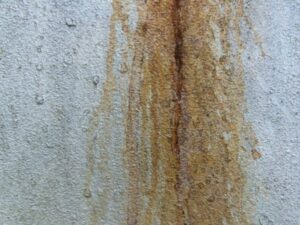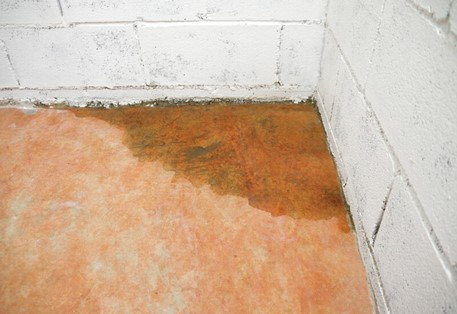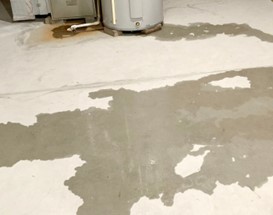Ways Moisture Affects Concrete Strength

The interaction between moisture and concrete is a fundamental aspect of both the construction process and the long-term durability of concrete structures. Given its porous nature, concrete’s interaction with water is inevitable and can have both beneficial and detrimental effects on its strength and integrity. This article discusses how moisture levels, from the initial mixing and curing phases to the long-term exposure to environmental conditions, influence the structural performance and longevity of concrete. By understanding these dynamics, professionals in the construction field can better anticipate potential issues and implement effective strategies to maintain the resilience and functionality of concrete structures.
Understanding of Moisture’s Role in Curing
The curing process is critical for concrete to achieve its designed strength and durability. Water, as a part of the concrete mix, initiates the chemical reaction essential for the setting and hardening of concrete. This phase is not just about waiting for the concrete to dry, but about ensuring that the concrete maintains adequate moisture to complete the hydration process effectively. If the mix dries too quickly due to high temperatures or windy conditions, the result could be a network of microcracks and a final product that falls short of its intended structural capabilities. Proper curing techniques such as using curing compounds or keeping the surface moist can help in achieving the optimal balance of moisture necessary for concrete to develop its full strength.
Water Absorption In Hardened Concrete
The notion that concrete becomes completely waterproof once it hardens is a common misconception. In reality, concrete can and does absorb water. This characteristic is important, especially considering how absorbed water can lead to changes within the concrete matrix. These changes can exert stress on the material, leading to cracking, spalling, and other forms of deterioration. This water absorption becomes particularly problematic in climates that experience freeze-thaw cycles. Water that has penetrated the concrete expands upon freezing, exerting internal pressure that can lead to significant structural damage over time.
Moisture-Induced Corrosion
The integration of steel reinforcement is a standard practice designed to enhance the tensile strength of concrete structures. However, the protective environment that the concrete provides to the steel could be compromised by the presence of moisture, especially when salts are also involved. This combination can lead to the corrosion of the steel process and not only weakens the reinforcement but also causes it to expand, leading to further concrete damage. This issue underscores the importance of ensuring a high-quality concrete mix and adequate cover depth over the reinforcement to safeguard against moisture penetration and subsequent corrosion.
Understanding Efflorescence
Efflorescence is another phenomenon that is caused by the movement of moisture through concrete. As water migrates through concrete, it dissolves soluble salts present within the material and then deposits these salts on the surface. As the water evaporates, this leaves behind a distinctive white residue that, while not typically a structural concern, can affect the appearance of concrete surfaces. Strategies to minimize efflorescence include the use of low-permeability concrete, adequate curing, and the application of sealants to reduce water ingress.
Solutions And Mitigation Strategies
The impact of moisture on concrete is complicated, influencing everything from the initial curing process to the long-term exposure to the elements. The key to mitigating moisture-related issues lies in a comprehensive approach that includes the use of high-quality materials, adherence to best practices in mixing and curing, and the application of effective moisture barriers. Regular inspections play an important role in the early detection of moisture-related problems, allowing for timely interventions that can extend the lifespan and maintain the structural integrity of concrete structures.
Conclusion
The relationship between moisture and concrete is complex and demands careful attention throughout the lifecycle of a concrete structure. From ensuring proper hydration during the curing process to protecting the hardened concrete from environmental moisture, each separate step requires thoughtful consideration and action. Taking a holistic approach to moisture management can enhance the durability, safety, and aesthetic appeal of concrete structures.
Where to Find Help
Everdry Waterproofing of Wisconsin offers unparalleled waterproofing services for all foundation types, including poured concrete and brick. Our patented solutions and industry-leading techniques address every kind of basement moisture issue. Since 1989, our focus on quality and customer-centered service has garnered over 100,000 satisfied customers, backed by our lifetime warranty.
If you would like more information about the products and services we offer, contact us here.
Ready to Get Started?
Contact Us Today to Schedule a No Pressure, No Obligation, Free Quote!


